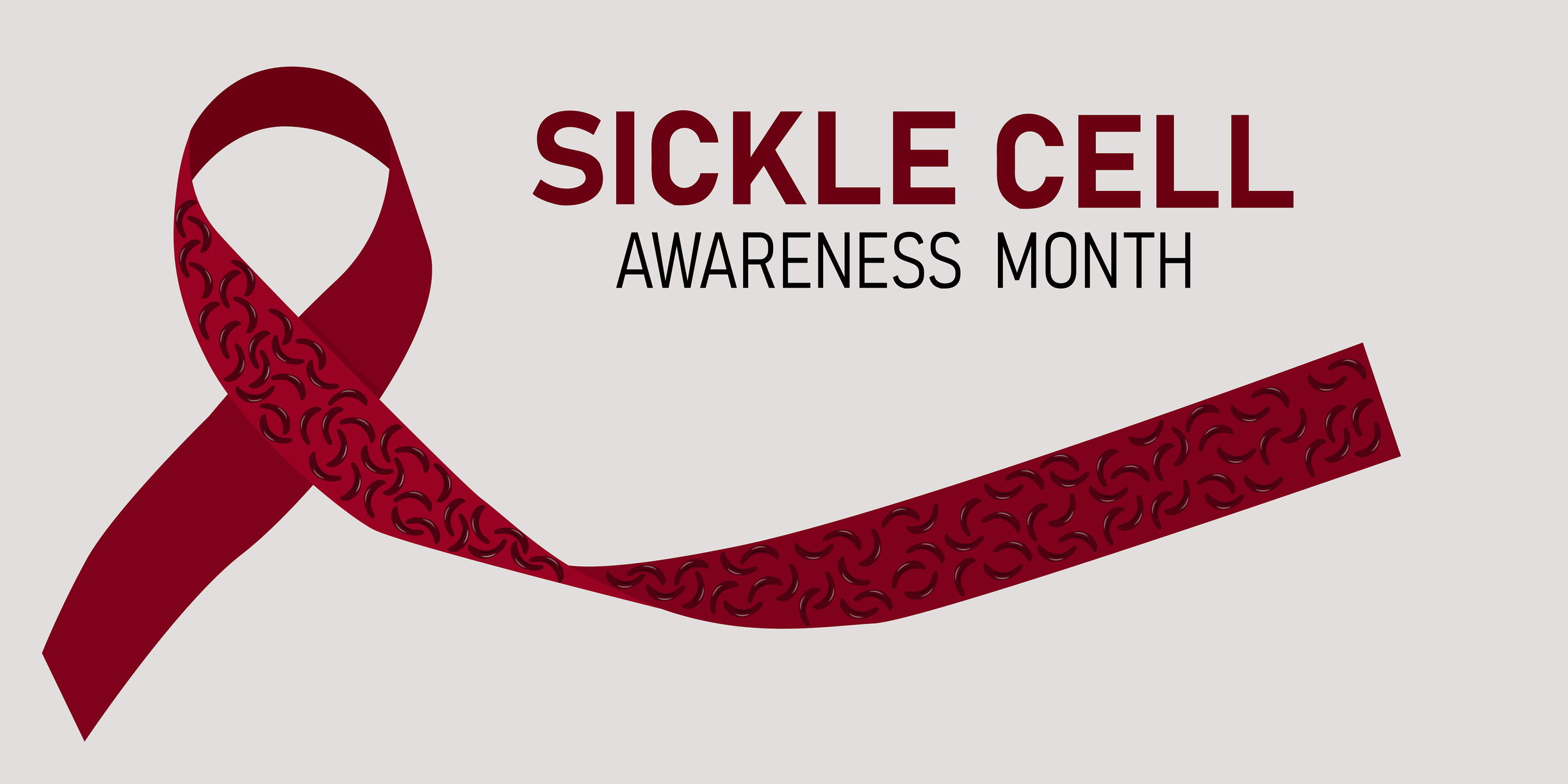Sickle Cell Awareness Month, which takes place every September, is a crucial time for education, advocacy, and support for individuals and families affected by sickle cell disease (SCD). This inherited blood disorder, primarily affecting people of African descent but also occurring in other populations, causes red blood cells to become rigid and sickle-shaped, leading to various complications.
One of the key goals of Sickle Cell Awareness Month is to raise public awareness about SCD and its impact on individuals and families. This includes educating people about the importance of early diagnosis, proper management, and the need for ongoing research to find better treatments and ultimately a cure.
SCD can have a profound impact on a person’s quality of life. Individuals with the disease often experience episodes of intense pain, known as pain crises, as well as fatigue, jaundice, and increased susceptibility to infections. These symptoms can significantly impact daily activities and require regular medical attention and management.

Another crucial aspect of Sickle Cell Awareness Month is advocating for better access to care and resources for individuals with SCD. This includes ensuring that healthcare providers are knowledgeable about the disease and its complications, as well as advocating for policies that support research, access to affordable treatments, and improved healthcare services for those living with SCD.
It’s also a time to celebrate the strength and resilience of individuals and families affected by SCD. Despite the challenges they face, many people living with SCD lead fulfilling lives, pursuing their goals and dreams while managing their health.


